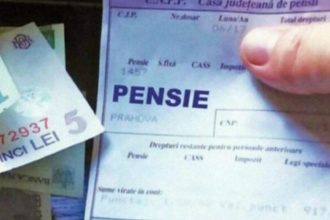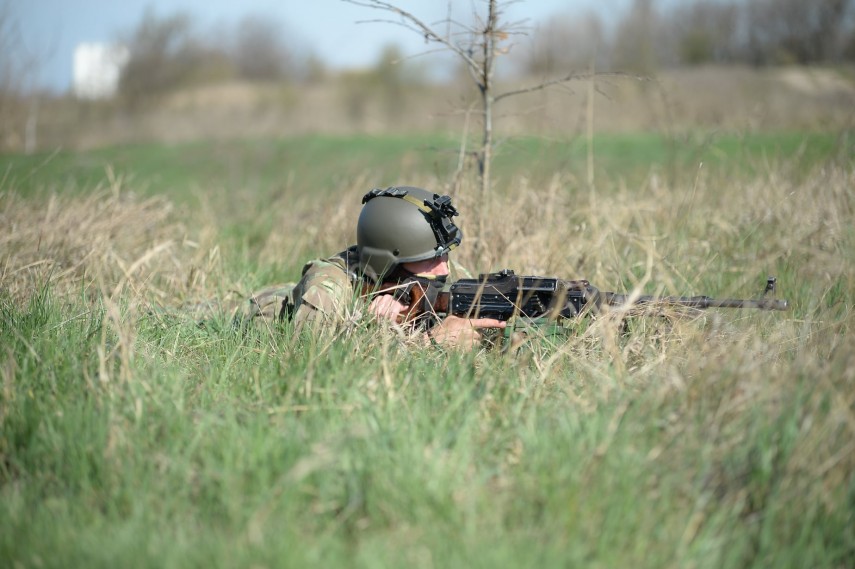Celebrating Military Intendancy Day
Military Intendancy Day is commemorated annually on February 1st. This date marks the issuance of the High Order of the Day no. 29 in 1861, which established the intendancy of the army, thereby forming the corps of military intendants led by the general intendant of the army, under the jurisdiction of the Ministry of War.
Role of Intendancy in the Military
Intendancy is a crucial military specialty responsible for supplying soldiers with food, uniforms, and all logistical needs, especially during wartime. Before the Unification of the two Principalities, during the Organic Regulations period, the War Ministries of Moldova and Wallachia had sections for intendancy; however, these sections lacked clearly defined responsibilities, as noted in the volume „Calendar of Military Traditions” (2010).
The establishment of intendancy as a distinct specialty within the Romanian Army was accelerated by the Unification of the Romanian Principalities. Thus, through Decree no. 417 on August 30, 1860, it was decided to consolidate military administrations and intendancies into a single administration under the authority of the Ministry of War in Bucharest.
Establishment of the Military Intendancy Corps
On February 1, 1861, by the High Order of the Day no. 29, Prince Alexandru Ioan Cuza officially confirmed the creation of the Military Intendancy Corps. This corps consisted of the general intendant of the army (equivalent to the rank of brigadier general) and was subordinate to the Minister of War, along with a first-class sub-intendant (equivalent to colonel), two second-class sub-intendants (lieutenant colonels), two first-class adjutants (equivalent to battalion commanders – majors), and six second-class adjutants (captains).
Structure and Responsibilities
Article 1 of the act that established the army intendancy outlined the composition of this corps: one military intendant, one first-class military sub-intendant, two second-class military sub-intendants, two first-class adjutants, and six second-class adjutants. According to Article 2, the military intendant is assimilated to the rank of brigadier general; the first-class military sub-intendant corresponds to the rank of colonel; the second-class military sub-intendant to lieutenant colonel; the first-class adjutant to battalion chief; and the second-class adjutant to captain.
Article 6 specified that „Military intendants and adjutants are obliged to inform the military authority about all matters concerning the welfare of the administrative service and to consult with commanding generals about all necessary measures to ensure the execution of administrative duties. They are required to carry out all orders and measures concerning the administrative services for which the generals would take written responsibility. In this case, within 24 hours, they must send a copy of said orders to the primary intendant and the Ministry of War’s direction, reporting on the measures that had to be taken.”
In 1862, the „Law on the Maintenance of the Army” was adopted at the initiative of the Minister of War, General Ion Emanoil Florescu. This law underwent several improvements over time and regulated military pensions, food rations, retirement from service, living standards within corps, transportation, and rewards.
Reglementări importante în domeniul administrativ
În anul respectiv, au fost implementate noi reglementări care au avut un impact semnificativ. Prin Înaltul Ordin de Zi nr. 219, emis pe 16 octombrie 1862, a fost înființat Corpul ofițerilor de administrație, o entitate responsabilă cu executarea tuturor serviciilor administrative necesare. Această inițiativă a demonstrat, pe parcursul evoluției ulterioare a intendenței militare, importanța și utilitatea sa în cadrul activităților desfășurate de Armata României.
















